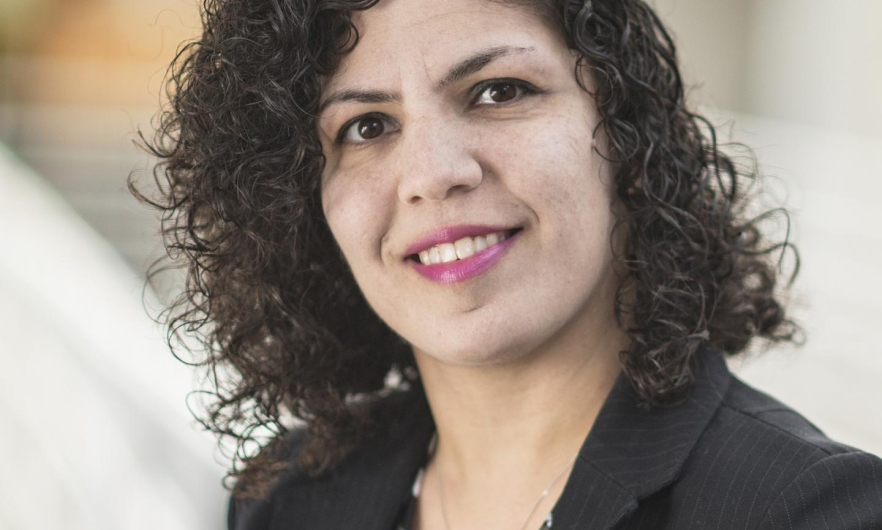Social scientist Shima Hamidi has spent her career measuring how urban sprawl affects quality-of-life outcomes such as housing affordability, travel behavior, upward mobility, and climate change and public health. That work has landed her on a list of the most cited researchers of the past decade.
The list of Highly Cited Researchers™ is compiled by Web of Science, a widely used international citation index. According to their site, “Highly Cited Researchers have demonstrated significant and broad influence reflected in their publication of multiple highly cited papers over the last decade. These highly cited papers rank in the top 1% by citations for a field or fields and publication year in the Web of Science.”
Hamidi’s most cited work addresses urban density and its relationship to COVID-19. It was published in 2020, shortly after she joined Johns Hopkins. But the breadth of her work spans multiple universities.
“My series of papers investigating the built environmental determinants of COVID-19 infection and mortality rates are among my most highly cited papers, the ones that put me on this list,” she says. “But the world I live in is measuring urban sprawl. I did a study that quantifies urban sprawl and its quality-of-life impacts like environmental impacts, health impacts, and social equity impacts. Those papers are also highly cited, mostly due to their immediate practical policy implications.”
The key to getting cited isn’t too surprising. If you want peers and policymakers to reference your work, it should be relevant, groundbreaking, and impactful, Hamidi says.
“I think I'm most pleased when I'm cited by practitioners."
-Shima Hamidi
“Working on topics that address an important gap in research and have practical policy implications, that could be used to change the landscape of policy, practice, and research, is crucial,” she says. “I think I'm most pleased when I'm cited by practitioners. When you see it get attention from practitioners or a mayor of a city, you know, then it is very relevant.”
Hamidi’s COVID-19 paper was cited by the World Health Organization, World Bank, the Publications Office of The European Union, and several mayors as they were trying to figure out the best strategy for how to make their cities less vulnerable to COVID-19 during the first wave of the pandemic.
“I was quite surprised and very happy to see this paper is reaching that part of the community,” says Hamidi.
Environmental Health and Engineering is a cross-divisional department spanning the Bloomberg School of Public Health and the Whiting School of Engineering. This hybrid department is uniquely designed to lead pioneering research and prepare the next generation of scholars to solve critical and complex issues at the interface of public health and engineering.
OUR PROGRAMS

